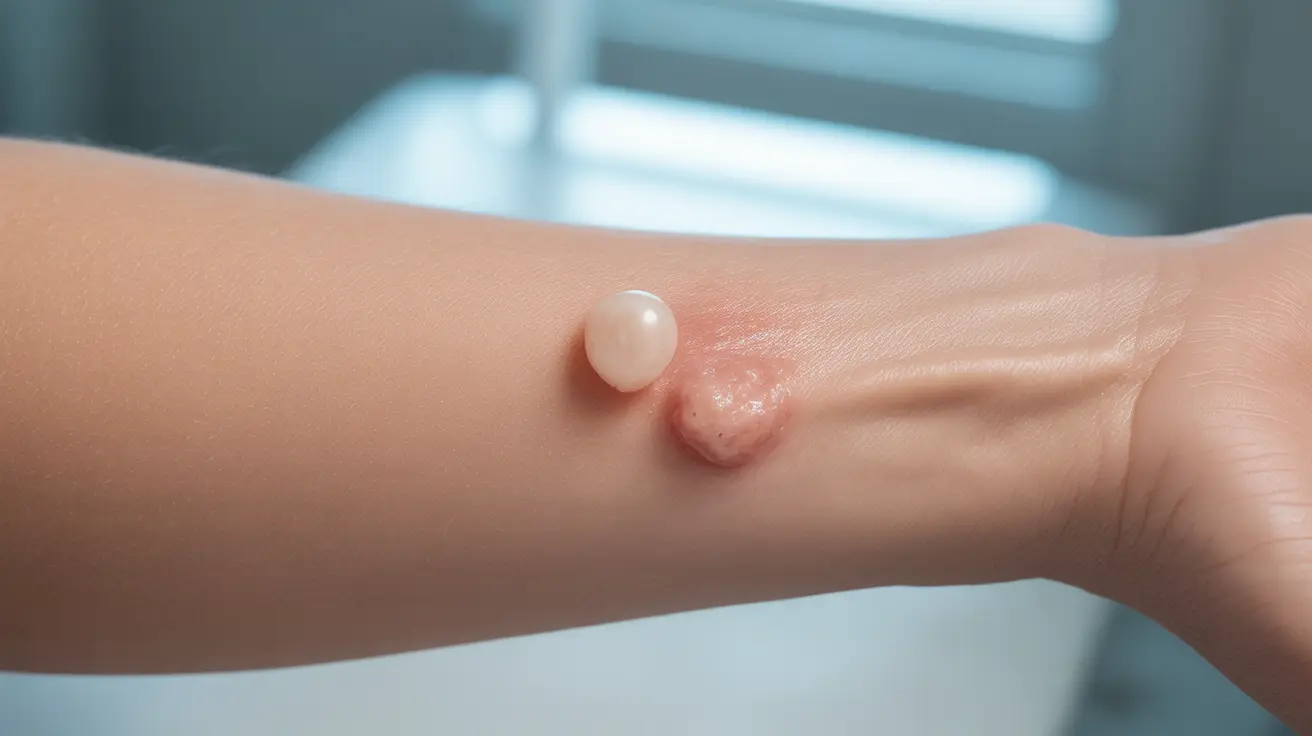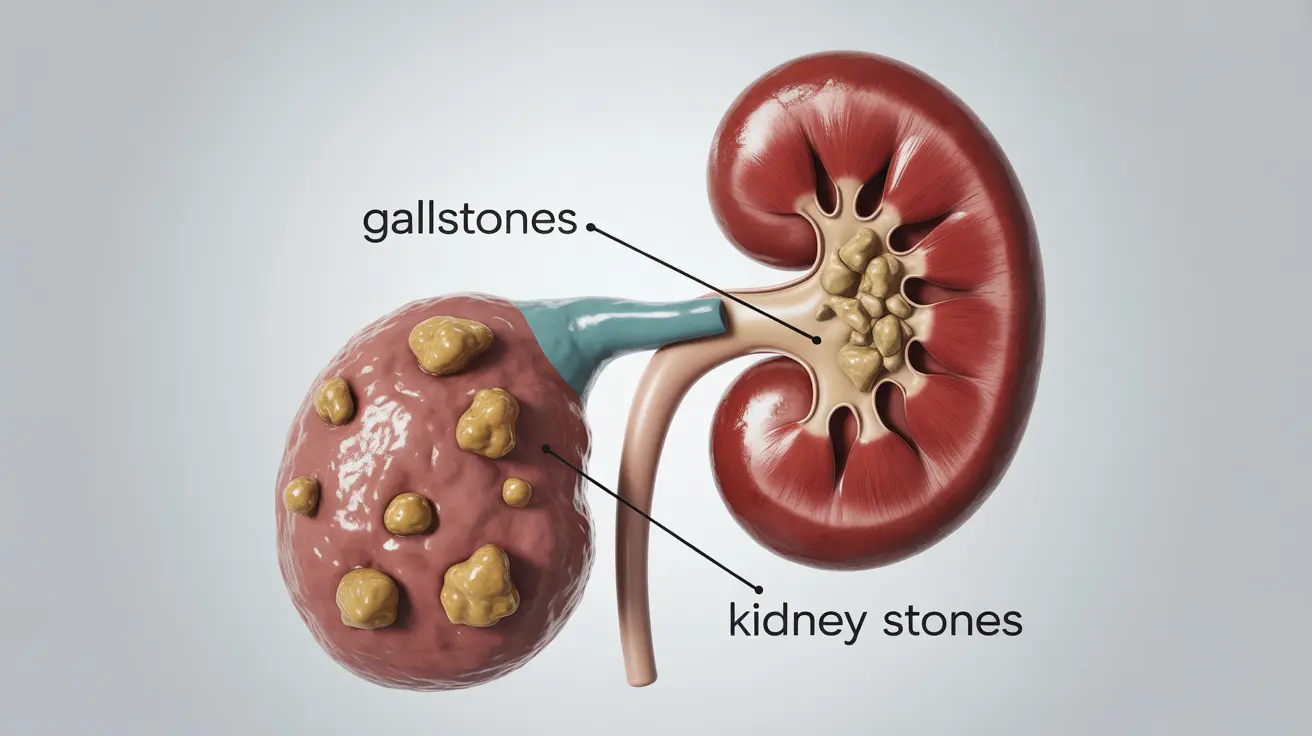For decades, there's been ongoing discussion about using marijuana to treat glaucoma, a serious eye condition that can lead to vision loss. While research has shown that marijuana can temporarily lower eye pressure, the relationship between glaucoma and weed is more complex than many people realize.
This comprehensive guide examines the scientific evidence behind marijuana use for glaucoma, explores its limitations as a treatment option, and discusses more effective ways to manage this condition.
How Marijuana Affects Eye Pressure
Research has demonstrated that marijuana can reduce intraocular pressure (IOP) in the eye by approximately 25-30% for a limited time. This pressure-lowering effect occurs because THC, the primary psychoactive compound in marijuana, influences the endocannabinoid system, which plays a role in regulating eye pressure.
However, this effect is short-lived, typically lasting only 3-4 hours. This creates significant practical challenges for using marijuana as a reliable glaucoma treatment.
Limitations of Using Marijuana for Glaucoma
Despite its ability to lower eye pressure, several crucial factors make marijuana an impractical choice for glaucoma treatment:
- Short duration of pressure-lowering effects
- Need for frequent dosing (8-10 times daily)
- Interference with daily activities due to psychoactive effects
- Potential for developing tolerance
- Risk of addiction and dependency
- Inconsistent dosing with different strains and consumption methods
Medical Concerns and Side Effects
Using marijuana for glaucoma treatment comes with several potential health risks:
- Impaired cognitive function and memory
- Decreased blood pressure, which can reduce blood flow to the optic nerve
- Respiratory issues when smoked
- Increased anxiety or paranoia in some users
- Potential drug interactions with other medications
- Impact on coordination and reaction time
Current Standard Treatments for Glaucoma
Modern medicine offers several proven, FDA-approved treatments that are far more effective than marijuana for managing glaucoma:
Prescription Eye Drops
These medications provide consistent pressure control throughout the day and are specifically formulated for eye health. They include prostaglandin analogs, beta blockers, and other classes of drugs.
Laser Treatments
Various laser procedures can help improve drainage in the eye and maintain healthy pressure levels, often providing long-term benefits.
Surgical Options
For cases where other treatments aren't sufficient, several surgical procedures can create new drainage channels or implant devices to help control eye pressure.
Frequently Asked Questions
- Can using marijuana or weed help lower eye pressure for people with glaucoma?
Yes, marijuana can temporarily lower eye pressure by 25-30%, but this effect only lasts 3-4 hours, making it impractical as a consistent treatment option.
- How long do the effects of marijuana last for reducing glaucoma-related eye pressure?
The pressure-lowering effects of marijuana typically last only 3-4 hours, requiring 8-10 doses per day to maintain continuous pressure control, which is not practical or safe.
- What are the potential risks and side effects of using marijuana as a treatment for glaucoma?
Risks include impaired cognitive function, reduced blood flow to the optic nerve, respiratory issues if smoked, potential addiction, and interference with daily activities due to psychoactive effects.
- Why do most eye doctors not recommend marijuana for glaucoma patients?
Eye doctors don't recommend marijuana because its short duration of action, psychoactive effects, and potential health risks make it inferior to current standard treatments that provide more consistent and safer pressure control.
- What are the best current treatments to manage glaucoma and prevent vision loss?
The most effective treatments include prescription eye drops, laser procedures, and surgical interventions when necessary. These options provide more reliable, long-term pressure control without the risks and limitations associated with marijuana use.




